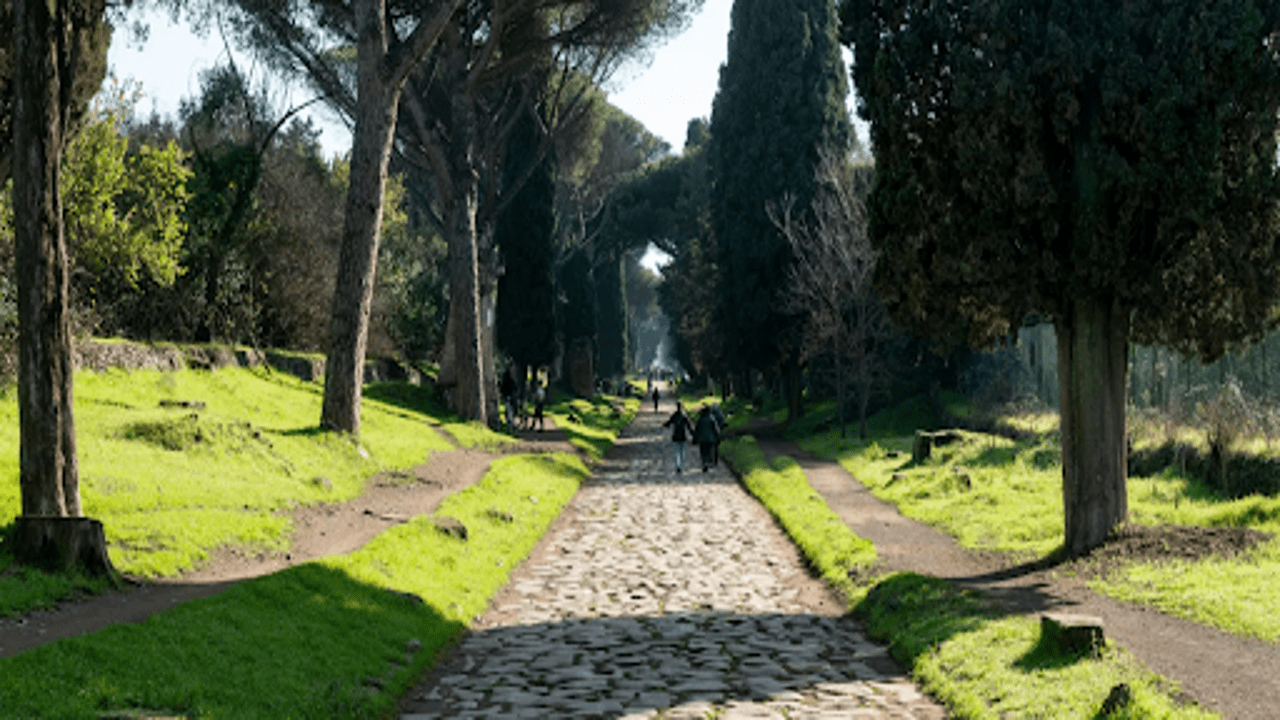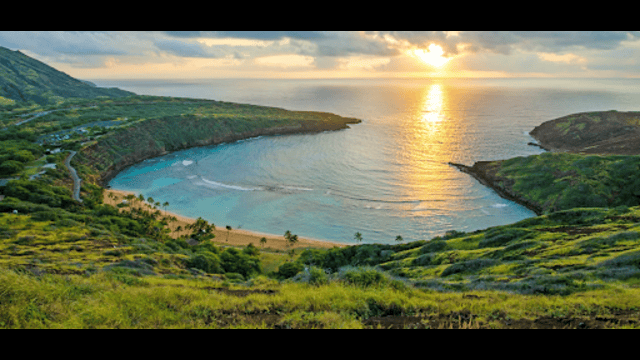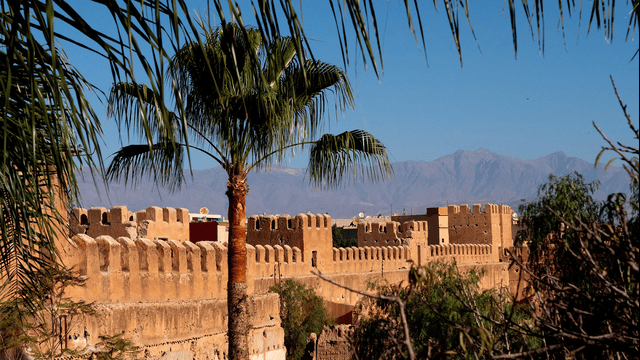
Rome's Via Appia has been recognized as a UNESCO World Heritage Site. Travelpulse
The 46th Session of UNESCO's World Heritage Committee, currently held in New Delhi, India, has unveiled 24 new additions to its prestigious World Heritage Sites list. This year's new entries include a mix of cultural, natural, and a unique mixed site that celebrates the diverse beauty and heritage of our world. Among the exciting additions are Rome's historic Via Appia and the enchanting Schwerin Residence Ensemble in Germany.
UNESCO, the United Nations Educational, Scientific and Cultural Organization, maintains a list of over 1,220 sites worldwide. These sites are recognized for their outstanding cultural, historical, and natural significance. The goal of UNESCO's World Heritage program is to promote the identification, protection, and preservation of these irreplaceable sites for future generations. This initiative is guided by the Convention concerning the Protection of the World Cultural and Natural Heritage, which was adopted in 1972.
Hegmataneh, Iran. Tehran Times
This year's additions are split into 19 cultural sites, four natural sites, and one mixed site that showcases both cultural and natural elements. For those interested in exploring these new treasures, a detailed list is available on UNESCO’s website.
The Archaeological Heritage of Niah National Park’s Caves Complex, Malaysia. Malay Mail
Here’s a look at the newly recognized sites:
Cultural Sites:
- Beijing Central Axis: This site represents the ideal layout of China's ancient capital.
- Brâncuși Monumental Ensemble of Târgu Jiu, Romania: A collection of sculptures by the renowned artist Constantin Brâncuși.
- Cultural Landscape of Kenozero Lake, Russian Federation: An area rich in historical and cultural significance.
- Frontiers of the Roman Empire - Dacia, Romania: Remains of the Roman Empire's extensive border fortifications.
- Hegmataneh, Iran: Ancient ruins of one of the world’s earliest cities.
- Human Rights, Liberation, and Reconciliation: Nelson Mandela Legacy Sites, South Africa: Sites that reflect Nelson Mandela’s contributions to human rights.
- Melka Kunture and Balchit: Archaeological and Palaeontological Sites, Ethiopia: Important sites for understanding early human history.
- Moidams – the Mound-Burial System of the Ahom Dynasty, India: Burial mounds from a prominent historical dynasty.
- Phu Phrabat, Thailand: An archaeological site with unique rock formations.
- Royal Court of Tiébélé, Burkina Faso: Traditional architecture of the Royal Court.
- Sado Island Gold Mines, Japan: Historic gold mines with a significant industrial heritage.
- Saint Hilarion Monastery/Tell Umm Amer, Palestine: Historical remains of an ancient monastery.
- Schwerin Residence Ensemble, Germany: A stunning example of German palatial architecture.
- The Archaeological Heritage of Niah National Park’s Caves Complex, Malaysia: Significant prehistoric caves.
- The Cultural Landscape of Al-Faw Archaeological Area, Saudi Arabia: An important ancient trade route.
- The Emergence of Modern Human Behaviour: The Pleistocene Occupation Sites of South Africa: Sites important for understanding early human behaviour.
- The Historic Town and Archaeological Site of Gedi, Kenya: Remains of a medieval Swahili town.
- Umm Al-Jimāl, Jordan: Ancient remains from a key historical settlement.
- Via Appia, Italy: An ancient Roman road of major historical importance.
Natural Sites:
- Badain Jaran Desert - Towers of Sand and Lakes, China: A desert known for its unique sand formations and lakes.
- Lençóis Maranhenses National Park, Brazil: A striking landscape of sand dunes and seasonal lagoons.
- The Flow Country, United Kingdom and Northern Ireland: A vast and ecologically significant wetland.
- Vjetrenica Cave, Bosnia and Herzegovina: A cave with rich geological and biological diversity.
Mixed Property:
Te Henua Enata – The Marquesas Islands, France: An island group with both cultural and natural significance.















